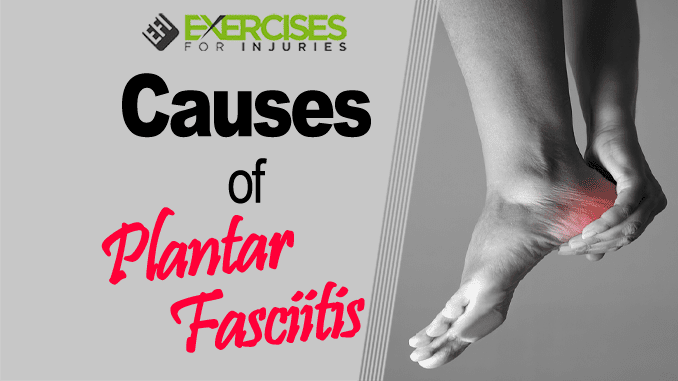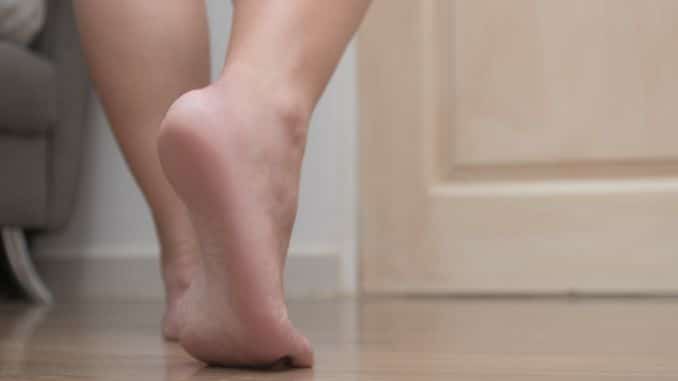
The Gait Cycle and Plantar Fascia
Understanding the mechanics of the foot can help explain the development of the causes of plantar fasciitis. Connecting the hindfoot and the forefoot, the plantar fascia undergoes tension during gait (walking).
The elastic band is relaxed when there is no weight on the foot and plantar fascia. The elastic band stretches out as weight is put on the foot and the plantar fascia. A band that is too short results in a high arch, whereas a band that is too long results in a low arch, commonly termed flatfeet.
The gait cycle refers to the continuous repetitive pattern of walking. One complete gait cycle consists of two main phases: the stance and the swing. The stance phase is the part of the cycle where the foot is in contact with the ground. The swing phase is the period when the foot is off the ground. Further discussion covers the stance phase, as it significantly affects a plantar fascia injury.
The stance phase has three sub-phases:
- Contact phase – Striking the heel on the ground initiates the phase, ending when the entire foot comes in contact with the ground. The foot must be flexible and mobile during this phase to adapt to uneven terrain.
- Mid-stance – In this phase, the weight shifts from the back of the foot to the forefoot. The foot’s arch flattens to absorb the stress of ground contact and stretches the plantar fascia. The stance phase is when the stance limb bears the body’s entire weight; therefore, during this period, the foot is most susceptible to injuries.
- Propulsion – This phase begins as soon as you lift your heel. Push your toes off to propel your body forwards. It is during this phase that the windlass effect occurs. The plantar fascia tightens over the plantar surface at the base of the toes, raising the arch. This allows the stance foot to become an efficient lever. An exaggerated or prolonged propulsion phase can increase the risk for plantar fascia injury.
What Causes Plantar Fasciitis?
The cause of plantar fasciitis may be many reasons. People believe the term fasciitis is inaccurate because degenerative changes brought about by overuse or reinjury, which may occur with or without inflammation, mainly damage the plantar fascia. Prolonged or repeated overstretching of the plantar fascia due to walking, jumping, landing, and running causes microtrauma and degeneration.
Poor blood supply to tendons and the plantar fascia can result in plantar fasciitis from weakened foot and lower leg muscles, a tightened Achilles tendon, or any activity in which the weight is taken on the ball of the foot. Once damaged, the plantar fascia’s healing process may be markedly slow.
As you age, the plantar fascia usually loses its ability to stretch. The fat pad on the heel also thins and weakens, decreasing its capability to absorb the shock or pressure of walking. Excessive force applied to the heel damages the plantar fascia, making it vulnerable to swelling, tearing, and bruising. Decreased healing response to reduced elasticity that comes with aging and repetitive tearing puts the middle-aged population at risk of plantar fasciitis.
Rick Kaselj, MS
If you want to know how to get rid of your heel pain once and for all, then check out Plantar Fasciitis Relief in 7 days here:



